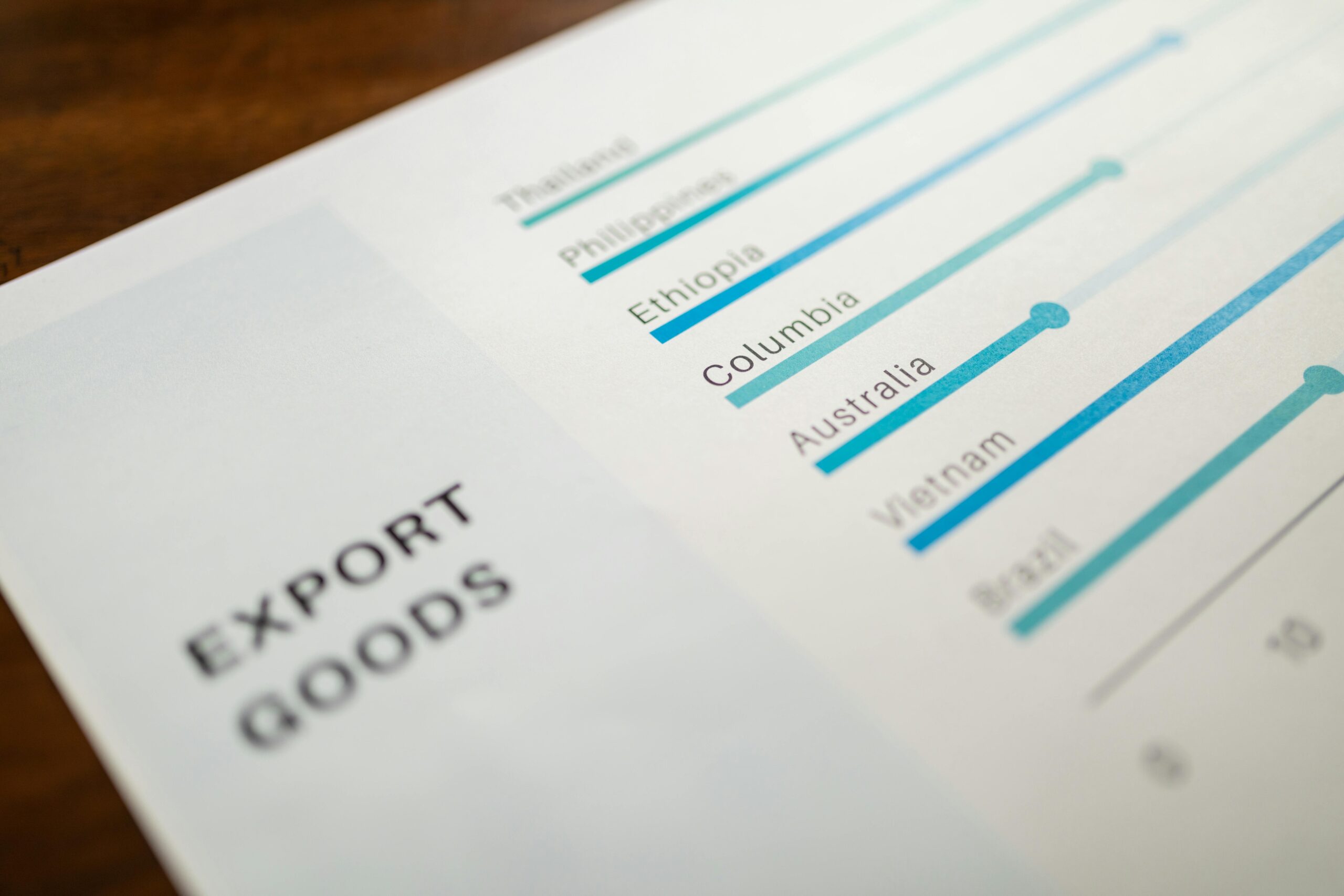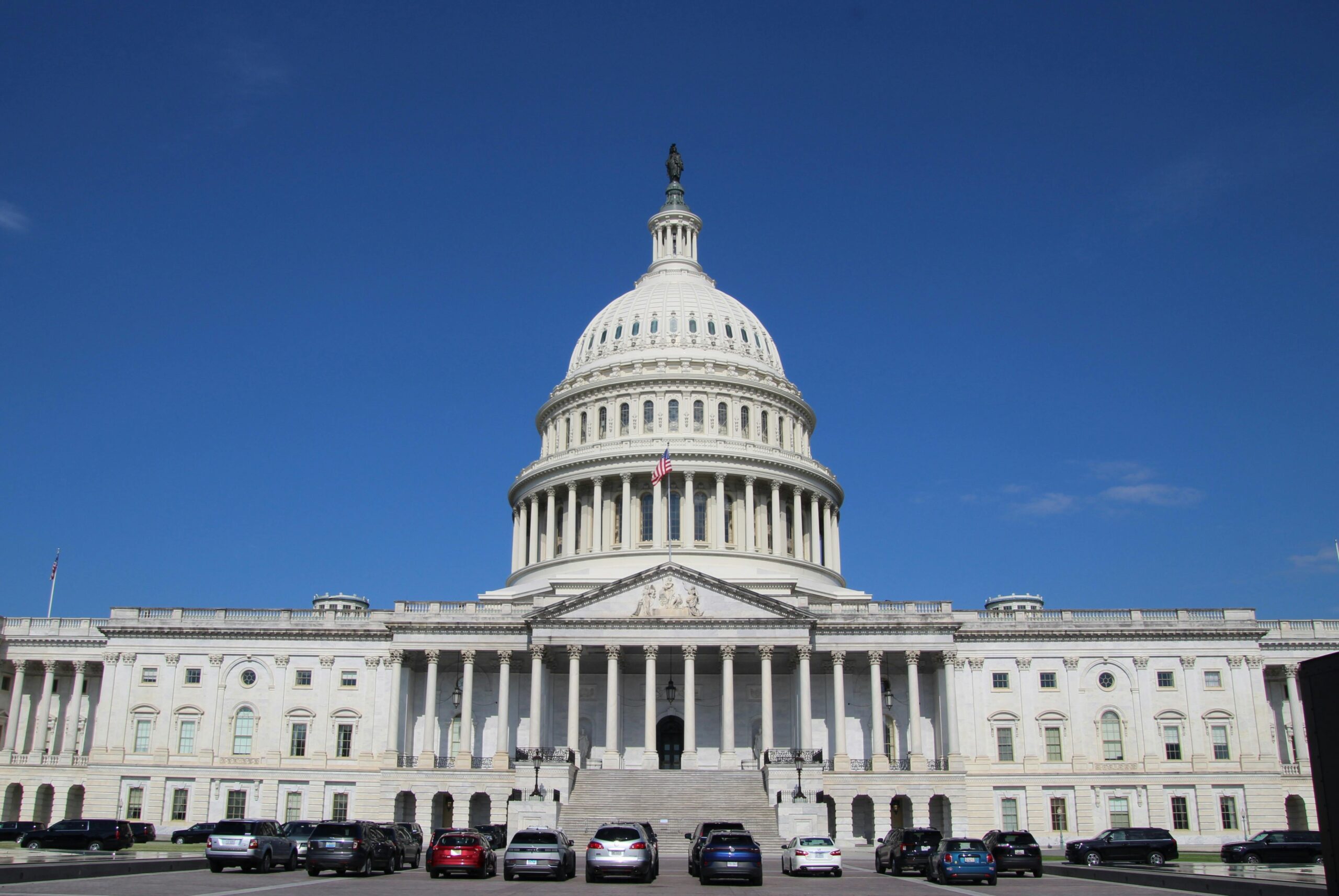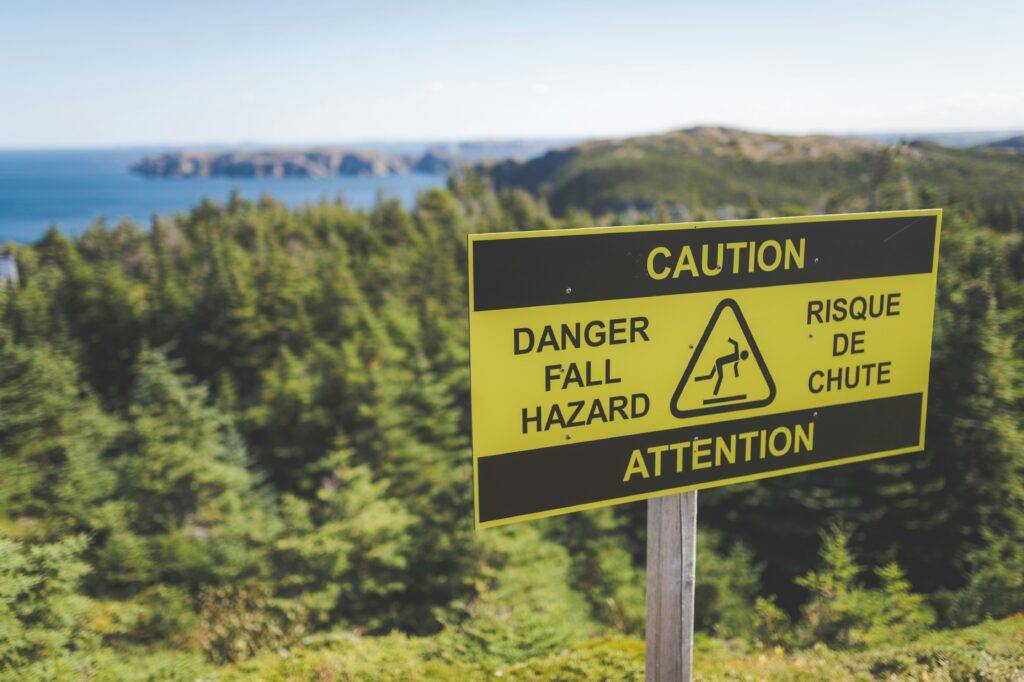Ever stared at a world map littered with red flags, wondering whether your next business trip or credit card deal aligns with global stability? Yep, us too. In today’s unpredictable geopolitical climate, understanding political instability indicators isn’t just for policymakers—it’s essential for anyone handling credit cards or considering political risk insurance.
In this blog post, we’ll dive into how political instability indicators affect financial decisions, explore actionable steps to analyze these metrics, and share quirky tips (plus one terrible piece of advice you should avoid). By the end, you’ll have tools to safeguard your wallet and peace of mind.
Table of Contents
- Key Takeaways
- Section 1: Why Political Instability Matters
- Section 2: How to Analyze Political Instability Indicators
- Section 3: Tips to Protect Your Finances Amid Uncertainty
- Section 4: Real-Life Examples of Financial Resilience
- FAQs About Political Instability Indicators
Key Takeaways
- Political instability indicators are vital for making informed credit card choices.
- Understanding these signs helps secure better political risk insurance deals.
- You don’t need an economics degree—just follow our foolproof guide!
Why Political Instability Matters

Think back to when I almost used my travel rewards card in Venezuela without realizing *how* unstable their economy was. Rookie move—but hey, that lesson cost me only coffee money and pride. Now imagine if it were something bigger, like investing in international trade or relying on shipments delayed due to riots.
Here’s where things get spicy—political instability doesn’t just disrupt lives; it wrecks wallets. If you’re holding onto foreign currency debt via your credit cards or planning overseas ventures covered under political risk insurance, ignoring these cues is like walking blindfolded through a minefield.
How to Analyze Political Instability Indicators

Optimist You:* ‘Reading reports will help me stay ahead!’
Grumpy You:* ‘Ugh, fine—but can someone bring me snacks while I crunch numbers?’
Step 1: Check Economic Growth Trends
A sudden drop in GDP growth often signals brewing trouble. For example, countries experiencing prolonged recessions might hike taxes unexpectedly.
Step 2: Monitor Civil Unrest Levels
Protests and strikes aren’t just news headlines—they indicate dissatisfaction boiling over, which could lead to radical policy shifts affecting your finances.
Step 3: Stay Updated on Policy Changes
New tariffs? Currency controls? Keep tabs because each decision impacts both local markets and global supply chains tied to businesses you may invest in.
Tips to Protect Your Finances Amid Uncertainty

Ready for some tactical moves?
- Switch to Prepaid Cards: They reduce exposure since spending limits depend on loaded funds.
- Diversify Investments: Spread assets across stable and volatile economies alike to balance returns against risks.
- Renew Insurance Coverage Regularly: Keep terms fresh so they reflect real-time conditions rather than outdated assumptions.
Note: A “terrible tip” would be ignoring all updates altogether—it won’t save time but rather invite disaster faster than expired milk spoils dinner plans.
Real-Life Examples of Financial Resilience
Let’s talk about Jane, who saved her e-commerce startup from collapsing after Brexit chaos hit supply lines hard. She diversified suppliers between UK-based and EU partners early enough, thanks to insights gleaned from tracking political instability indicators closely.
Another success story involves John shifting his family’s investment portfolio away from emerging markets flagged for rising authoritarian practices—a wise choice given subsequent economic sanctions imposed shortly thereafter.
FAQs About Political Instability Indicators
What Are Common Signs of Political Instability?
Look out for frequent leadership changes, high unemployment rates, escalating crime stats, and censorship crackdowns.
Do Credit Card Rewards Programs Suffer Due to Instability?
Possibly yes—if banks scale back partner offerings due to uncertain regulatory environments or operational challenges abroad.
Is There One Perfect Source for All These Metrics?
No single source rules them all, but platforms like Freedom House, World Bank Reports, and Transparency International offer good starting points.
Conclusion
Political instability isn’t going anywhere anytime soon—but neither are smart strategies to counteract its effects on personal finance matters like credit cards and political risk insurance. Armed with knowledge and proactive tactics, you’ve got what it takes to navigate choppy waters successfully.
Oh, and here’s your obligatory nostalgia nugget—remember flip phones? Just like those relics needed updates daily lest bricks stop calling home, staying sharp on political instability keeps life running smoothly too.


